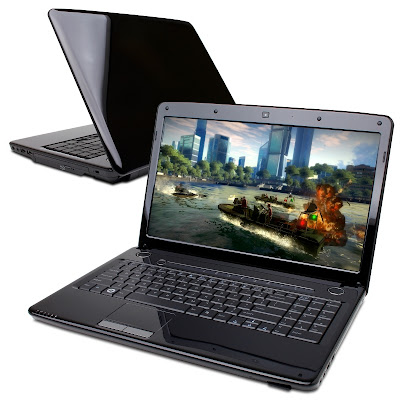Anyone looking for a graphics card with multi-monitor support but are NVIDIA loyalists may want to check out the new device that KFA2 created.
AMD used to pride itself in its Eyefinity technology and how it allowed a PC's desktop to spread across three displays, or six in the case of Eyefinity 6.
NVIDIA doesn't precisely have something similar, although its cards can do the three-panel maneuver when there are two or more of them in SLI (in 3D too).
Still, there are some video cards, based on NVIDIA GPUs which, on their own, do pretty much what Eyefinity does.
They are made by KFA2 and belong to the MDT series, where MDT stands for multi-display technology.
The latest and greatest member of this very series has made its official debut just now.
It is an iteration of the GeForce GTX 580, NVIDIA's flagship single-GPU board.
Bearing the name of KFA2 GTX 580 MDT X4 EX OC, it has a core clock speed of 800 MHz, 512 CUDA cores working at a shader clock of 1,600 MHz and 1,538 MB of GDDR5 VRAM at 3,800 MHz.
Furthermore, the memory interface of 384 bits ultimately leads to a bandwidth of 194.2 GB/s and a texture fill rate of 51.2 billion/s.
That said, GTX 580 MDT X4 EX OC has three mini-HDMI ports, one DisplayPort and a maximum resolution of 2,560 x 1,600 pixels or 5,760 x 1,080 pixels in triple monitor scenarios (3 x 1,920 x 1,080 pixels).
Four displays may be connected to the card at once, but only three in span mode, while the fourth, via DisplayPort, would be for a different workspace.
“The GTX 580 MDT is highly over-clocked at 840MHz with a triple LED cooling systems and the option for Multi Display, all these features combine, has produced a new level to consider when looking at the GTX 580 range ” said Graham Brown, European marketing manager.
Enthusiasts can find more information here but, unfortunately, no price was mentioned.



 12/16/2011 11:46:00 PM
12/16/2011 11:46:00 PM
 dannzfay
dannzfay



























